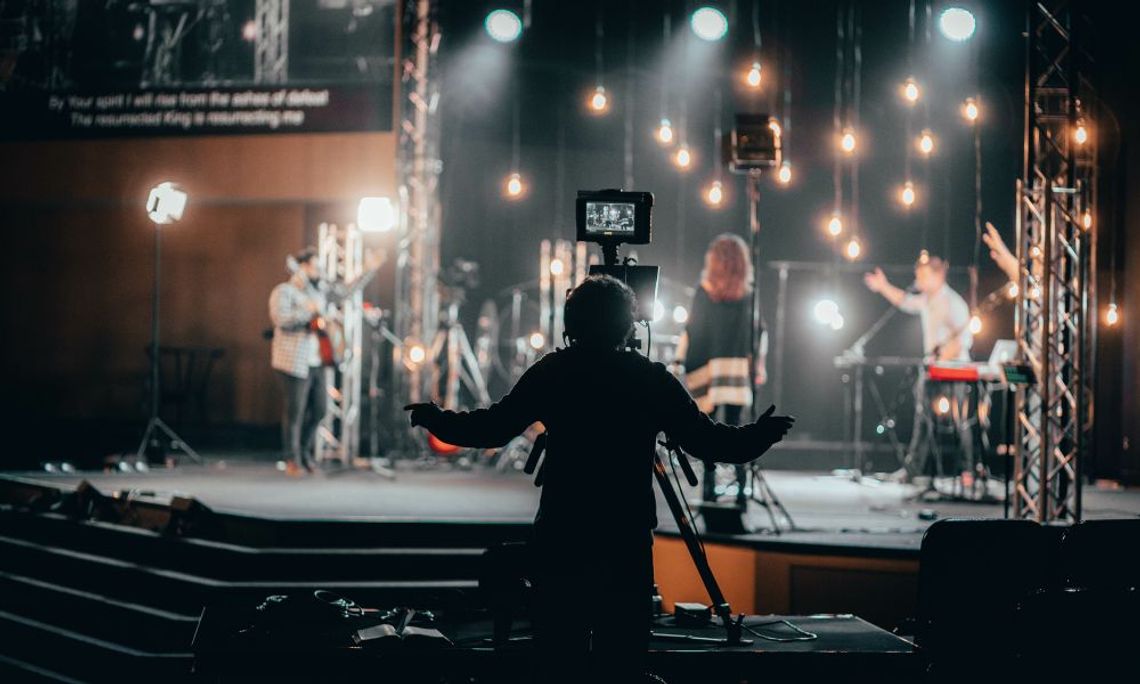Whether you’re in a large or small house of worship, you livestream quality footage of worship services and special events. Livestreaming makes your services more accessible to a variety of people, including people who might be unable to participate in weekly events and people who travel frequently.
Help everyone stay connected and meet their spiritual needs. Use these three tips for livestreaming a worship service.
1. Choose the Right Camera
Having the right camera for your livestream makes a difference in production quality. When you’re just starting off with livestreaming, using a smartphone camera can meet your needs. But as you grow your viewership and gain experience, you’ll want a better camera.
One of the most popular cameras for livestreaming is the pan-tilt-zoom (PTZ) camera. Since the operator can remotely control the sideways motion (panning) and up and down motion (tilting) of multiple PTZ cameras, this is an especially great option if you don’t have a large team. Find the right PTZ camera for your house of worship by considering details like where you will mount the camera.
2. Fix Light Levels
The next tip for livestreaming a worship service is to fix your light levels. While the set might look fine in person, lighted areas might look washed-out, and darkened areas might be too dark on a screen.
Experiment with your lights. You might need to change the warmth level, color, or intensity of your lights. Or you might need to install more lights for greater coverage.
The standard professional lighting form for videos is three-point lighting, where you have three sources of light. Adjust the size, distance, and position of the light sources to create the right mood and have enough visual depth.
3. Test the Stream Before Going Live
Before you share the livestream, test each element. You might find you need to make a change to the microphone, lights, or camera. Use the same equipment you’ll use during the livestream and create the same conditions you plan to have the day of the event.
Use the same bandwidth you’ll use when you livestream to check for any difficulties. Keep in mind that it’s generally best to use a wired connection rather than Wi-Fi so that you don’t have to contend with interference.


Comment
Comments